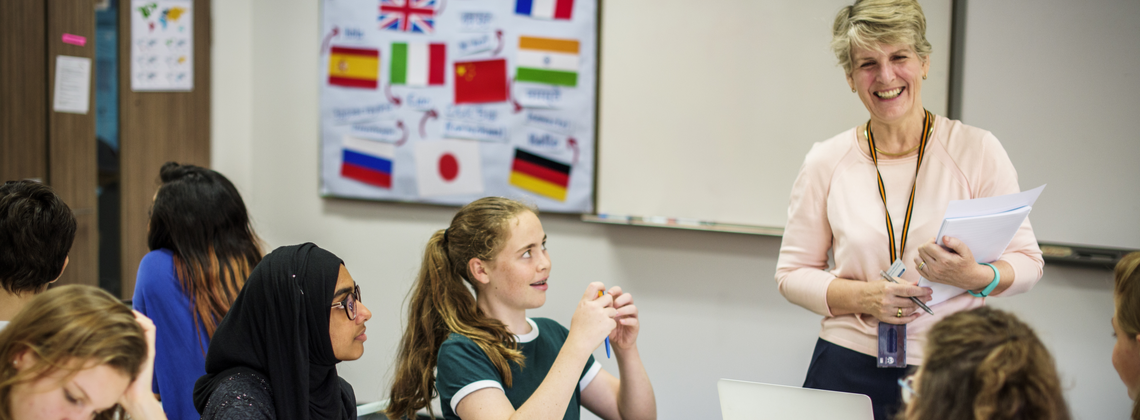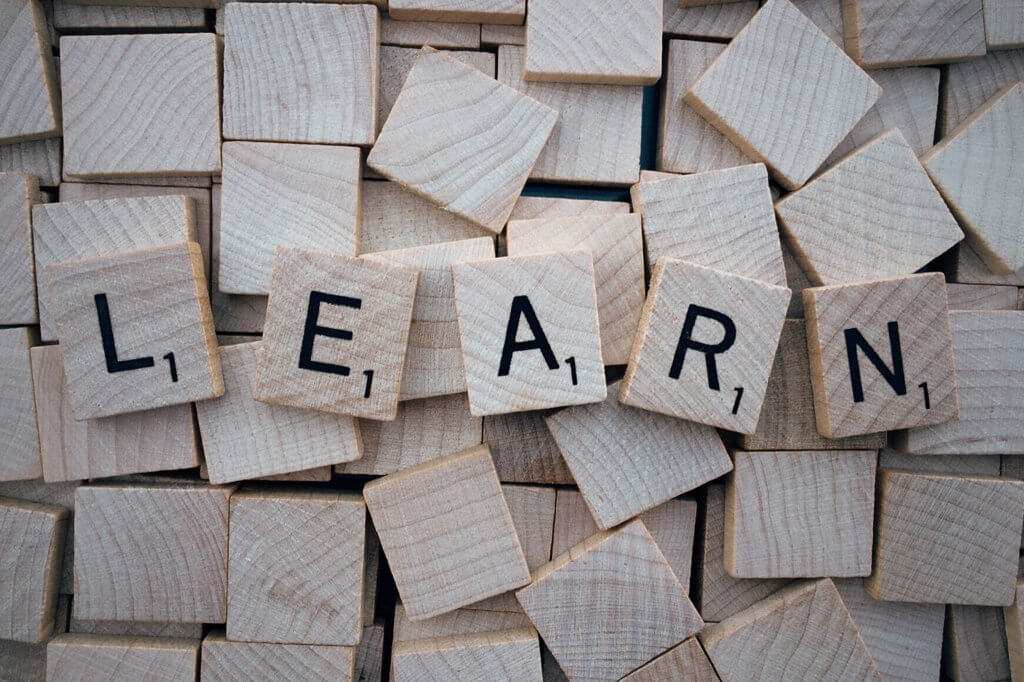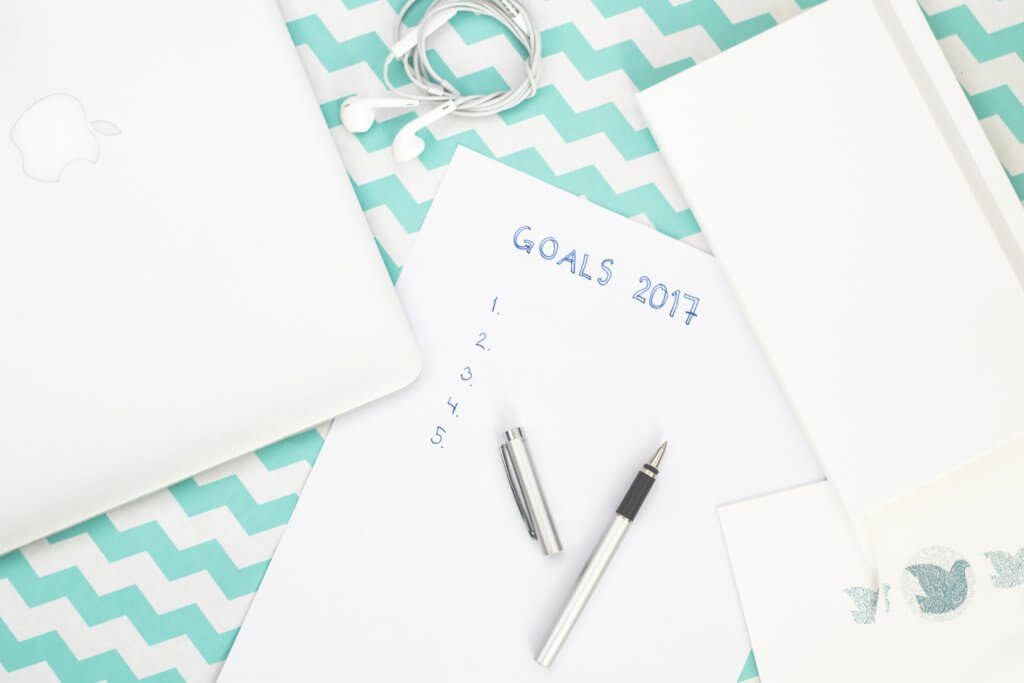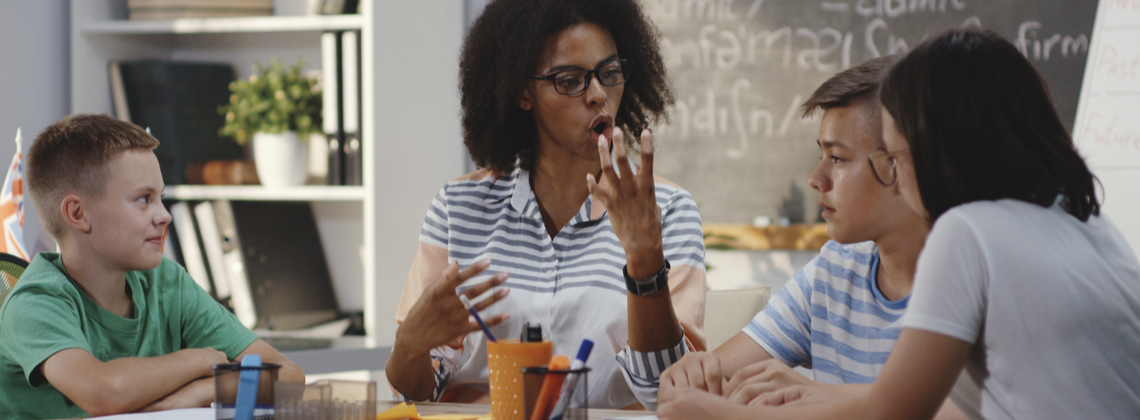

Confidence is one of the most important factors when it comes to achieving anything in life and for students, it can be a game changer.
Studying languages is an area where students often express feelings of doubt, a fear of making mistakes and an overwhelming sense of ‘I can’t do it’, but it is crucial for students to overcome these hurdles, especially in today’s globalised world. Gaining confidence in the MFL classroom comes with a whole range of benefits for students in terms of work opportunities, increased cognitive skills and better cultural appreciation, but the first step is encouraging active participation in lessons. This builds momentum for progress and helps students to gain the fluency that is needed for real world situations. But how easy is this?

Here are our top 10 tips for building confidence in the MFL classroom to give students the very best chance at learning a new language.
1. Secure learning environment

Creating a safe environment for students to study in will boost their confidence and increase active participation. We all remember the daunting moment of being called on to answer in front of 30 of our classmates, a feeling heightened when that answer is in a different language. One of the most important tasks is to make sure that peers won’t mock individuals for what they say in the classroom, so unruly behaviour should be confronted. It is important to provide all students with opportunities to contribute and ensure the classroom isn’t dominated by a few more outgoing individuals.
2. Be a role model

Children tend to reflect the behaviour that they have observed in others. Since you, as their teacher, interact with them on a daily or weekly basis, your students will observe and reflect your behaviour. So, if you would like your students to be more confident, it doesn’t hurt to set a good example.
Here are a few tips on how to boost your own confidence as a leader:
- Be assertive but respectful to others
- Stand tall with good posture and project your voice
- Know what you are talking about, but…
- Acknowledge that you don’t know everything
Being confident is all about being secure with yourself, not being perfect – a key lesson for students to learn, particularly in the language classroom.
3. Be prepared

Teaching with conviction provides your students with the trust and reliability they need to learn, so is an opportunity to model confidence. Therefore, being prepared for your classes is key. Part of being prepared is tapping into new study material to keep lessons fun. There is a wealth of online and offline tools to inspire language learning including forums, hashtags to follow on Twitter like #MFLTwitterati and Facebook groups.
4. Set learning goals together

Making sure that everyone is on the same page can have a major impact on building a student’s confidence. Involve students in a discussion about expectations, guidelines and learning goals. Often teachers treat learning goals as their own and not the student’s goals, so keeping your students involved and identifying aims together increases the student’s ability to comprehend the process. It gives pupils independence and fosters trust in their educators.
5. Teach in context

Teaching a language in a context that is relevant to the student will result in a better understanding. It is much easier to learn grammar and vocabulary with the right context. Choosing topics that students are familiar with makes the content more accessible. For example, let’s say the teaching material is built around the context of shopping. Students know how to shop in their mother tongue, thus, the content has already been generated in their native language. Embedding language in a familiar context makes language learning more memorable and more relevant, contributing to increased confidence in the classroom.
6. Visual aids

Flashcards, creative worksheets and infographics provide alternative ways to take in information and retain it. Visual aids offer a great way to guide the student through an exercise. For instance, storytelling suddenly becomes an easier task if the student has a set of pictures to follow along.
There are plenty of free resources and visual aids in Spanish, French, German and Italian online! We also recommend FlashSticks® as a fun way to engage your students with new vocabulary.
7. Useful feedback

Always give feedback in a respectful and actionable way. If the student doesn’t understand what to improve, the feedback is pointless. Thus, actionable feedback gives the student the opportunity to improve on their own work and to build confidence. Most importantly, keep in mind that feedback should make the student feel good about where they are and indicate where they still can go. It is also important to stress the benefits of making mistakes when learning languages. Students can often clam up for fear of saying a word wrong or conjugating a verb incorrectly, but everyone makes mistakes when speaking their native language, never mind a foreign one, so they are crucial to helping us learn.
8. Preview tasks

Checking worksheets and tasks with a classmate before having to present the outcomes to the entire class is a great way to minimise the anxiety students feel. This increases class participation, as well as helping to preempt and minimise mistakes that students have made initially. On the teacher’s side, modelling tasks for students before setting them off clarifies what needs to be done and makes students feel more comfortable with what is expected of them.
9. Don’t overly criticise

Even though it is necessary to correct student’s mistakes in order for them to improve, correcting every little detail can be demotivating. Too harsh criticism can be a true confidence destroyer and too many corrections during free speaking exercises, undermine the student’s courage to speak. The aim of freer practice speaking activities may be to build fluency, so interruptions from teachers is detrimental to this goal. Consequently, it is better to correct grammar and pronunciation during a targeted practice.
10. Celebrate success

It doesn’t matter if the success is big or small – it deserves to be acknowledged! Praise and appreciation for a job well done is motivating and self-esteem building. It can be easy to overlook situations where praise would have been appropriate. But, taking a moment to stop and acknowledge students is an important factor when increasing confidence in the classroom. Praise and acknowledgement can be as simple as a ‘well done’ or as lavishing as a star token system – plenty of room for you to get creative and give out appreciation!
What are your top tips for building confidence in the classroom? Share your opinion in the comments.
If you have enjoyed this article, check out Top 5 tips to make EAL pupils progress in their writing and Top 5 ways to integrate newly arrived EAL pupils.

